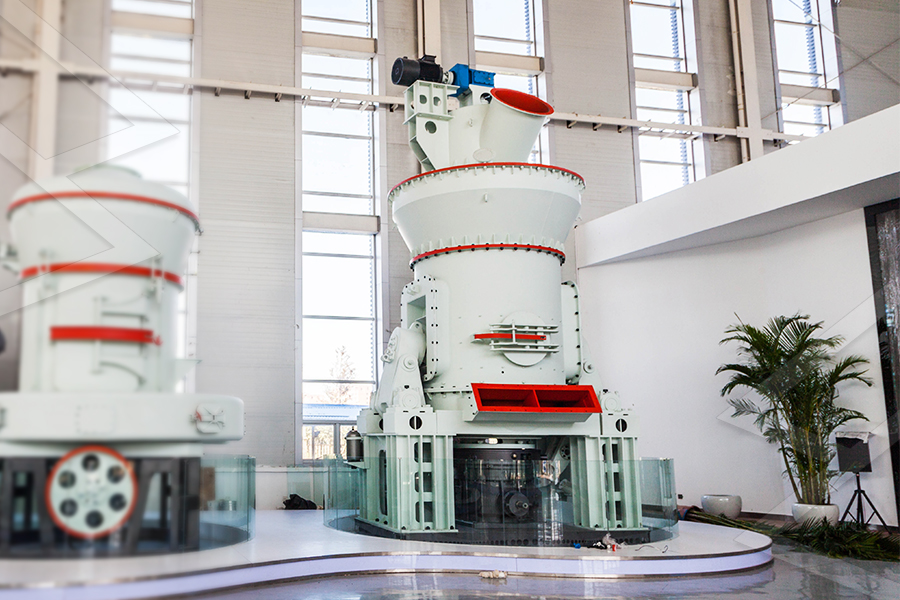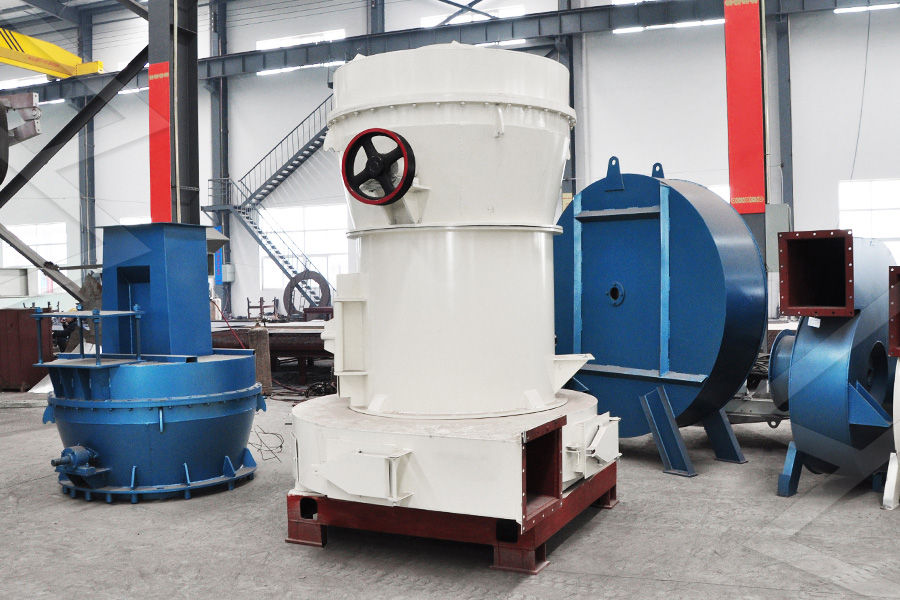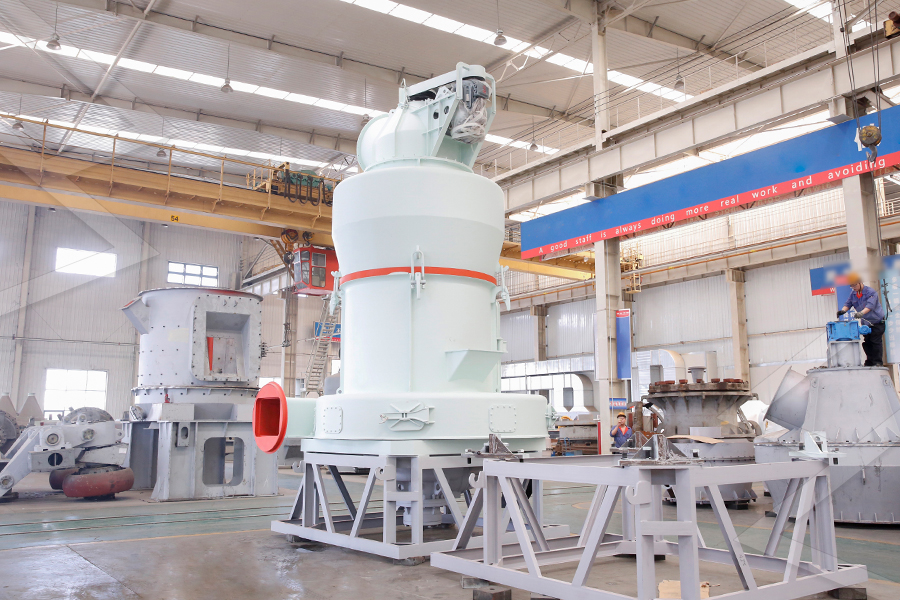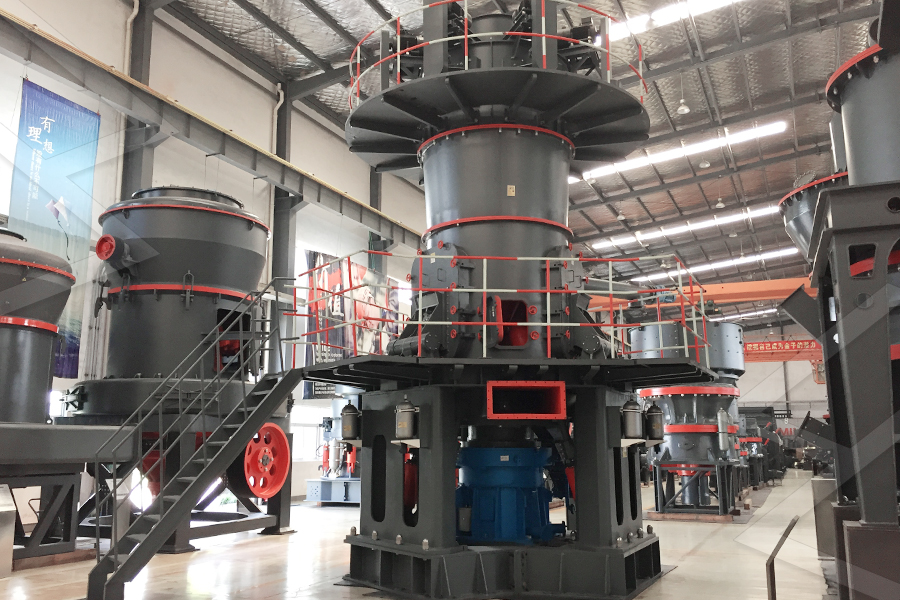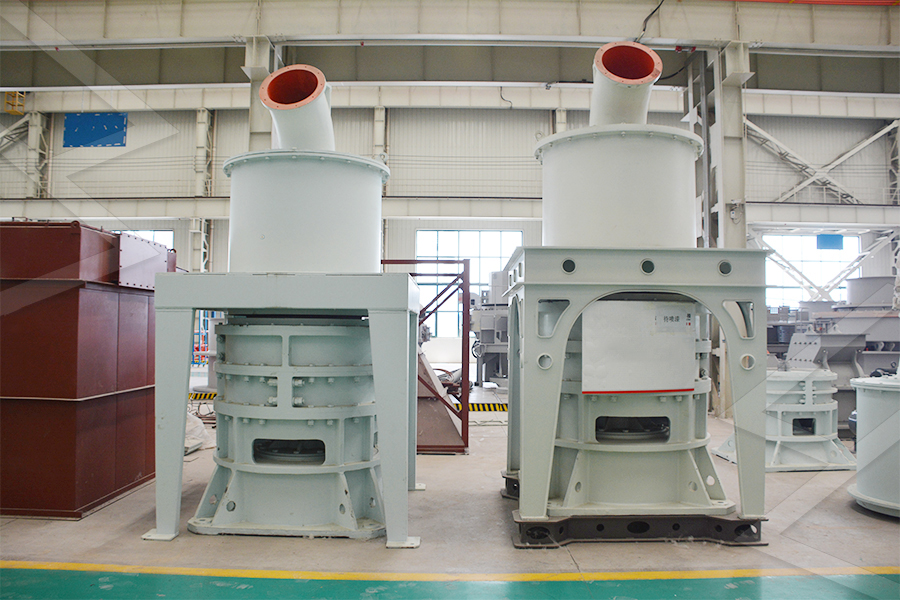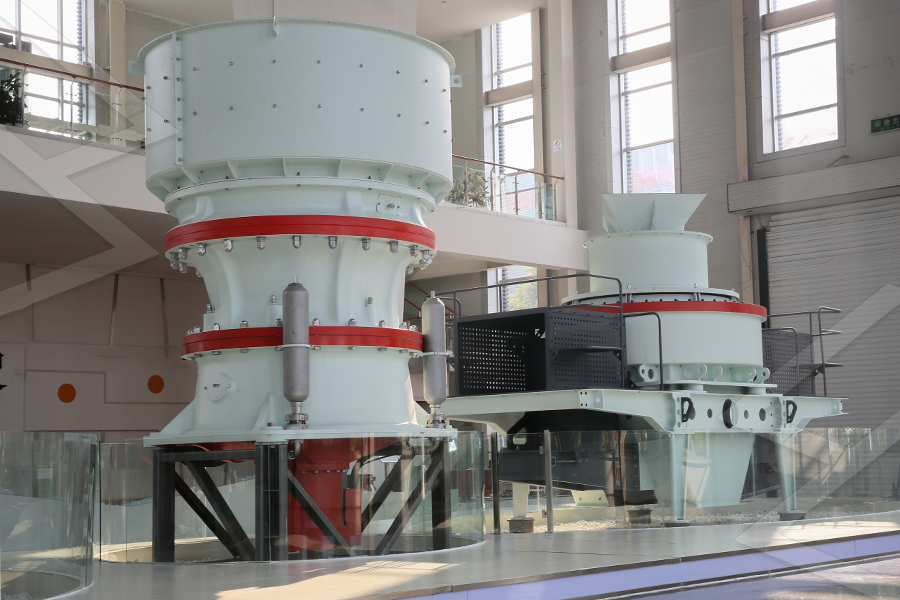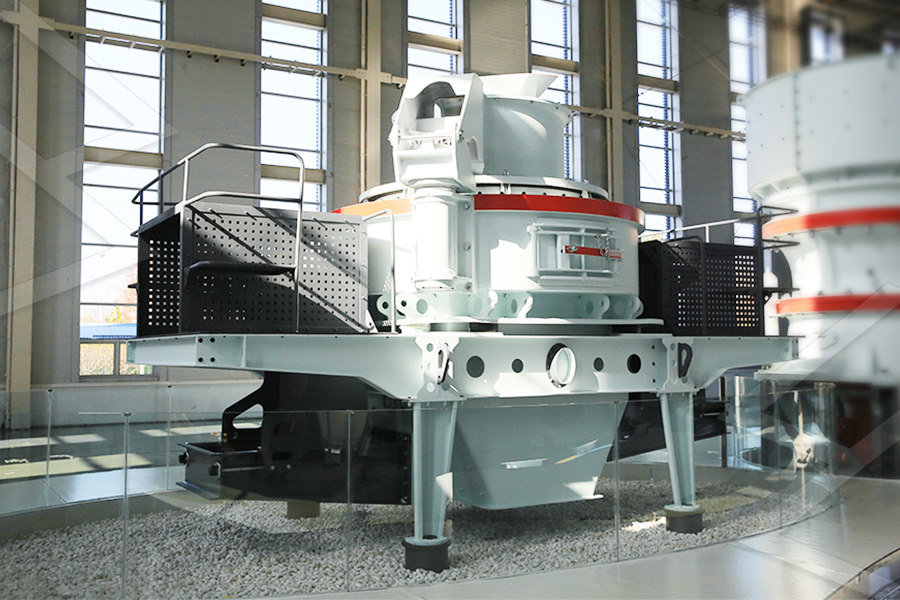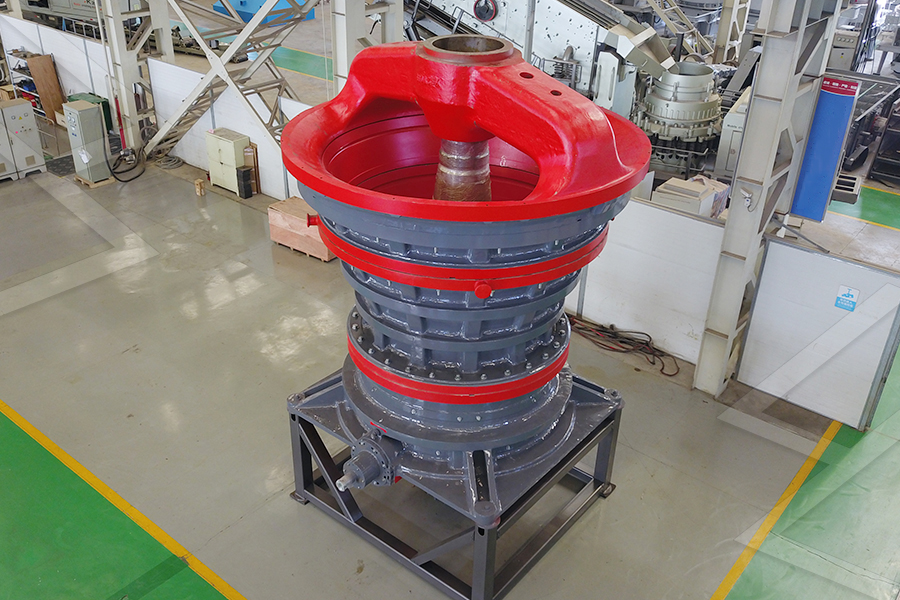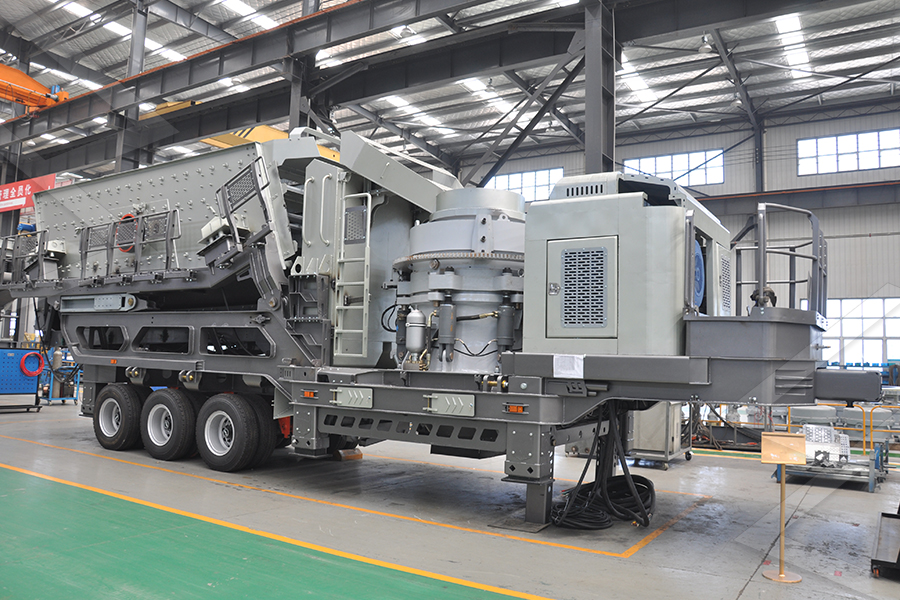Ball mills are used to grind various materials such as coal, cement clinker, marble, silica sand and other materials. The ball mill can be used for the production of fine powders or for the preparation of medium-sized pellets. To calculate the cost of a ball mill, you need to know its capacity (TPH), power input and running costs.
What are the benefits of using a ball mill?
There are many benefits to using a ball mill for grinding. These include: reduced processing time, improved quality of the final product, and greater efficiency. Here are four specific benefits of ball milling:
1. Reduced processing time. Ball mills operate at a much higher speed than traditional mills, which means that they can process materials faster. This is especially important in cases where high-quality products are required quickly, such as in the food industry.
2. Improved quality of the final product. Ball mills produce a more even distribution of material throughout the mill chamber, resulting in a better-quality end product. In addition, ball milling often results in smaller particles than other types of grinding, which makes it ideal for applications such as pharmaceuticals and paint manufacturing.
3. Greater efficiency. Ball milling is one of the most efficient ways to grind materials. This is because the balls rotate around an axis rather than traveling through a stationary grinder plate like in other machines. As a result, less energy is required to complete the job, which reduces environmental impact and costs associated with running the mill.
4. Increased production. Ball mills are also known for their high production rates. This is due to the high speed at which the balls travel and the relatively small size of the mill chamber. As a result, ball mills are often used in manufacturing settings where large quantities of material need to be processed quickly.
How to choose the right ball mill for your needs?
The ball mill is a key tool in the mineral processing industry. It is used to grind materials such as ore, coal and other minerals into a fine powder. There are many factors to consider when choosing a ball mill, including its intended use, available capacity, and price. Here are some tips on how to choose the right ball mill for your needs:
1. Choose the right purpose.
Ball mills are used for different purposes depending on their size and specifications. For example, a small ball mill can be used for grinding small quantities of material while a large ball mill can be used for more intensive processes.
2. Consider capacity.
Ball mills come in various capacities, from less than 1 ton per hour (tph) up to hundreds of tph. The capacity you need will depend on the type of material you are processing and the size of the ball mill you select. For example, if you are processing coal into metallurgical slag, a smaller ball mill will be adequate. If you areprocessing rock into ore pellets, however, a larger ball mill may be required.
3. Calculate your costs.
Before purchasing a ball mill, it is important to calculate your costs based on your specific requirements and purposes for using the machine. This includes factors such as installation cost(if necessary), annual operating expenses (fuel costs, maintenance fees etc.), and final product costs(materials + labor). After calculating these costs, compare them against those of other ball mills on the market to find the best option for you.
4. Consider warranty and support options.
Many ball mills come with a warranty, which can provide peace of mind if your machine experiences problems. Additionally, many ball mill manufacturers offer support options, such as online tutorials and customer service lines.
